Frederic Yves Michel NOEL review about the Darkglass Alpha · Omega
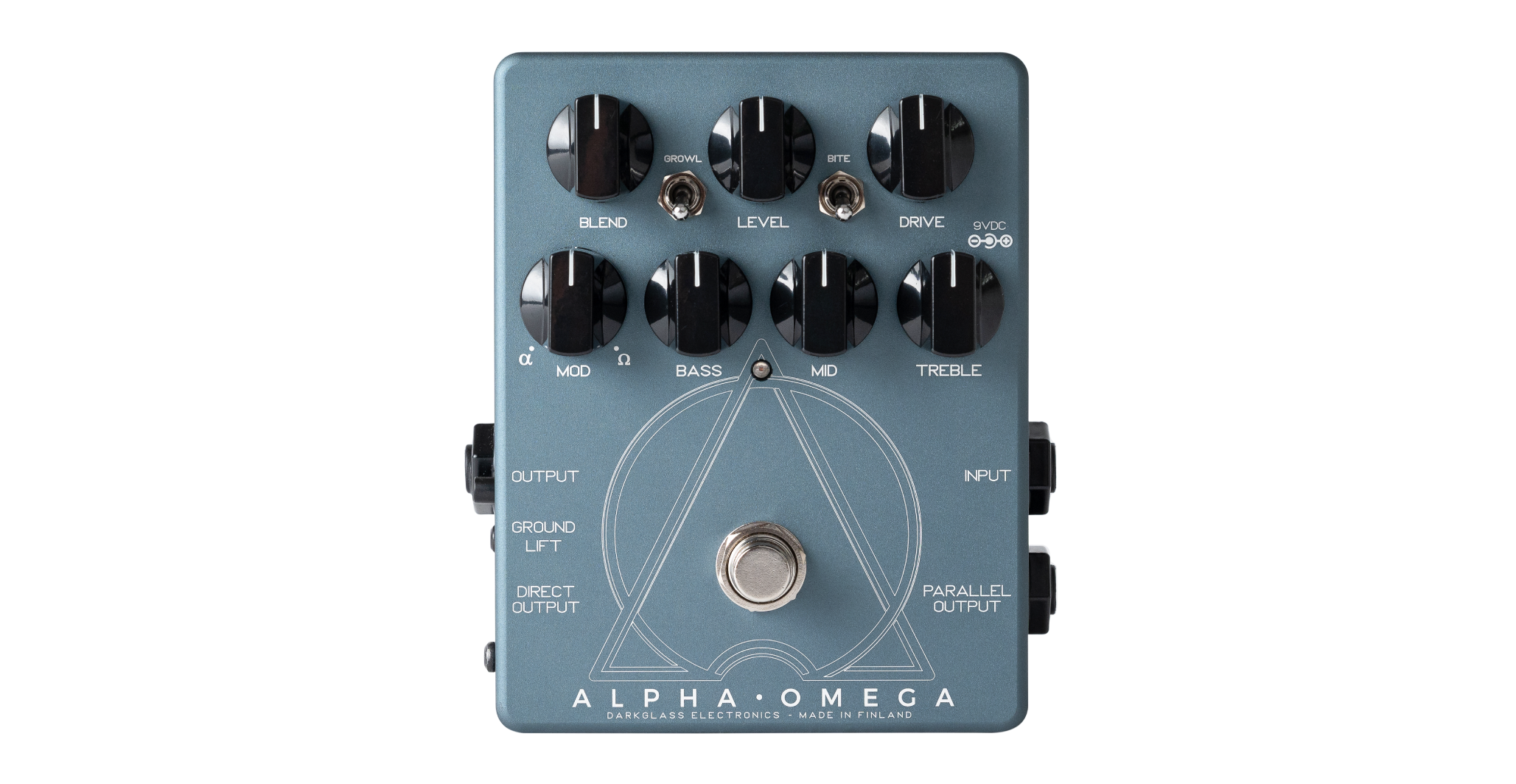
⚔️ Darkglass Alpha·Omega Review The Darkglass Alpha·Omega is a powerful dual-engine distortion/preamp pedal made specifically for bassists[…]
Frederic Yves Michel NOEL review about the Darkglass Alpha·Omicron
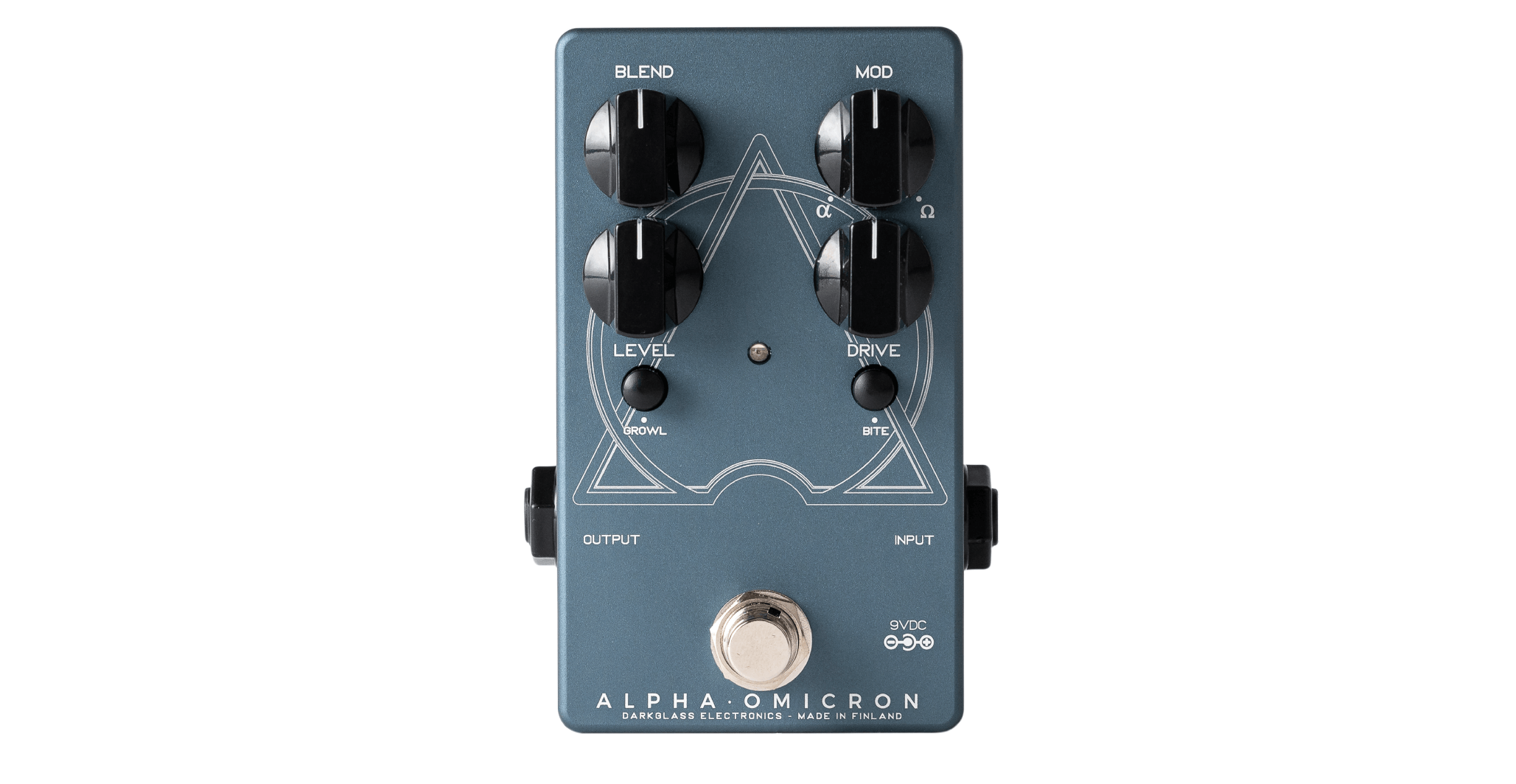
🔥 Darkglass Alpha·Omicron Review The Alpha·Omicron is the more compact sibling of the renowned Alpha·Omega distortion/preamp —[…]
Frederic Yves Michel NOEL review about the Darkglass NSG
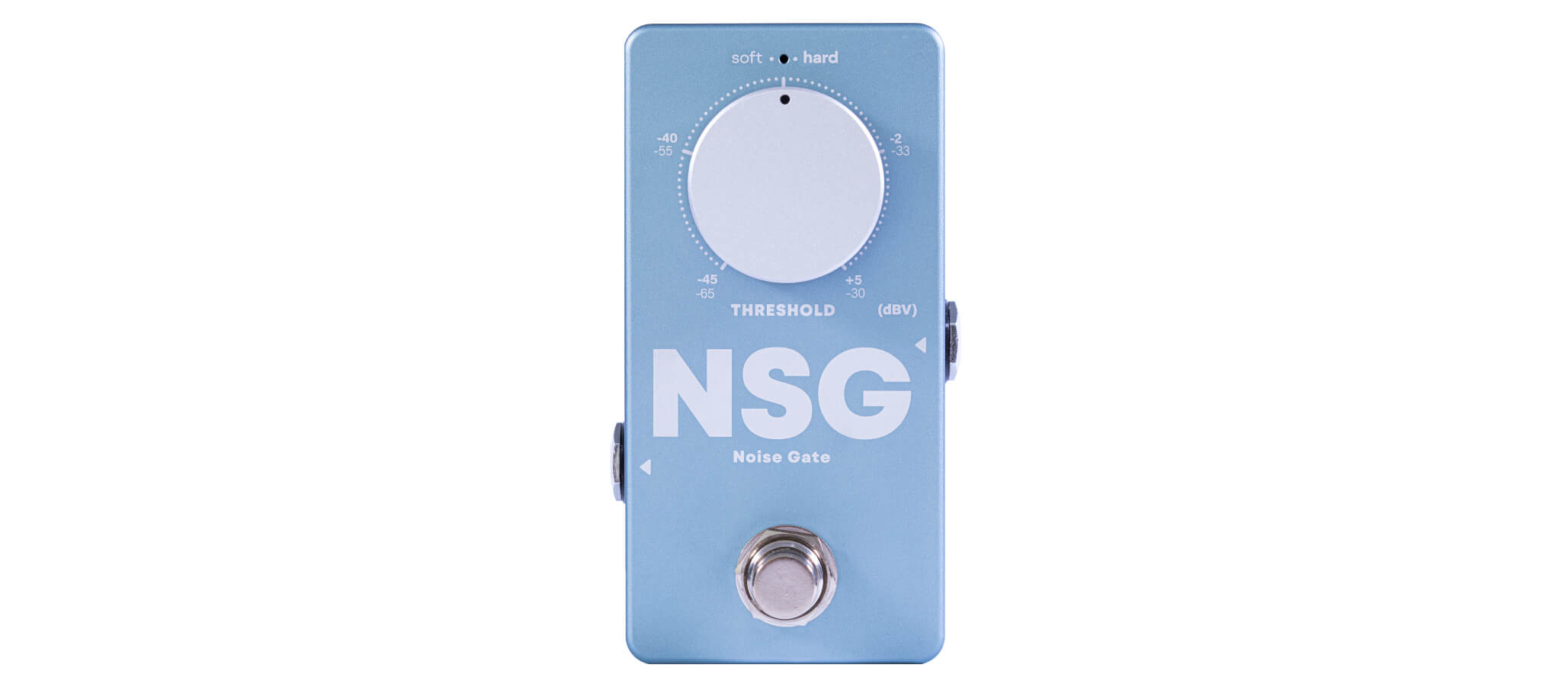
🔇 Darkglass NSG Noise Gate Review The Darkglass NSG is a compact, precision-engineered noise gate pedal designed[…]
Frederic Yves Michel NOEL review about the Darkglass Microtubes 200
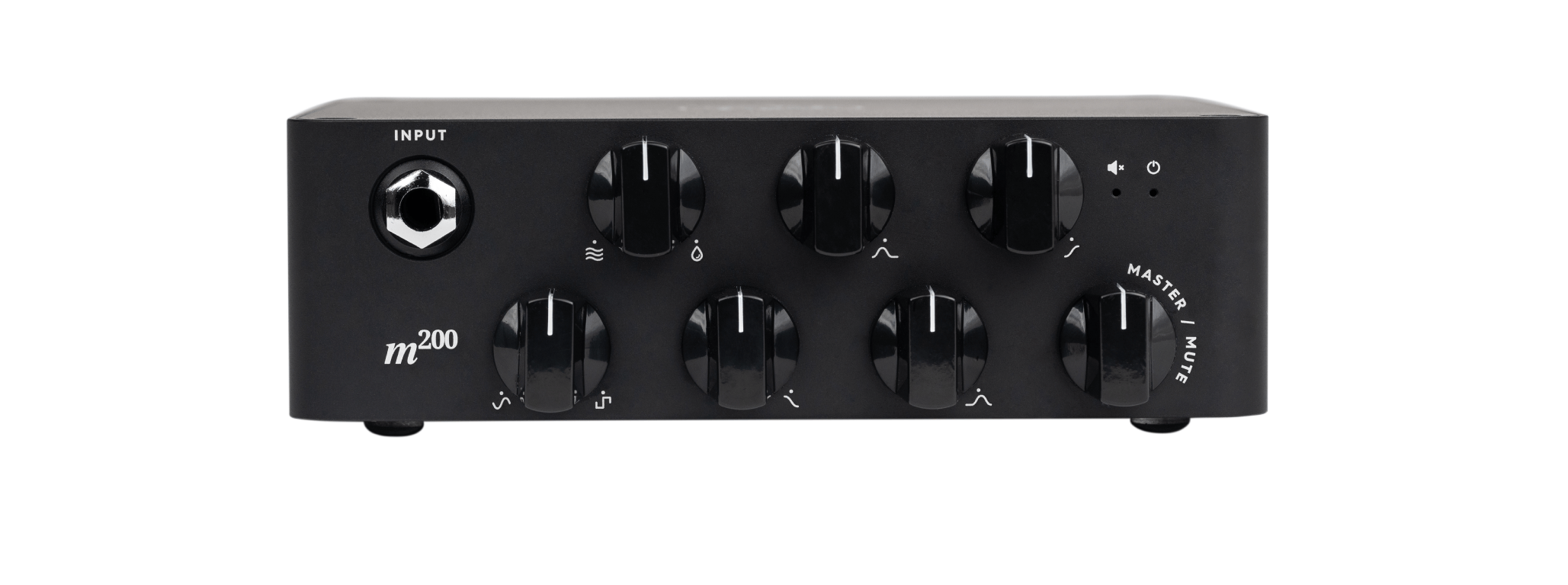
⚡ Darkglass Microtubes 200 Review The Microtubes 200 is Darkglass’s most compact and straightforward amp head, designed[…]
Frederic Yves Michel NOEL review about Microtubes B7K Ultra

🎛 Darkglass Microtubes B7K Ultra Review The Microtubes B7K Ultra is one of Darkglass’s flagship preamp pedals[…]
Frederic Yves Michel NOEL review about Intelligent Footswitch
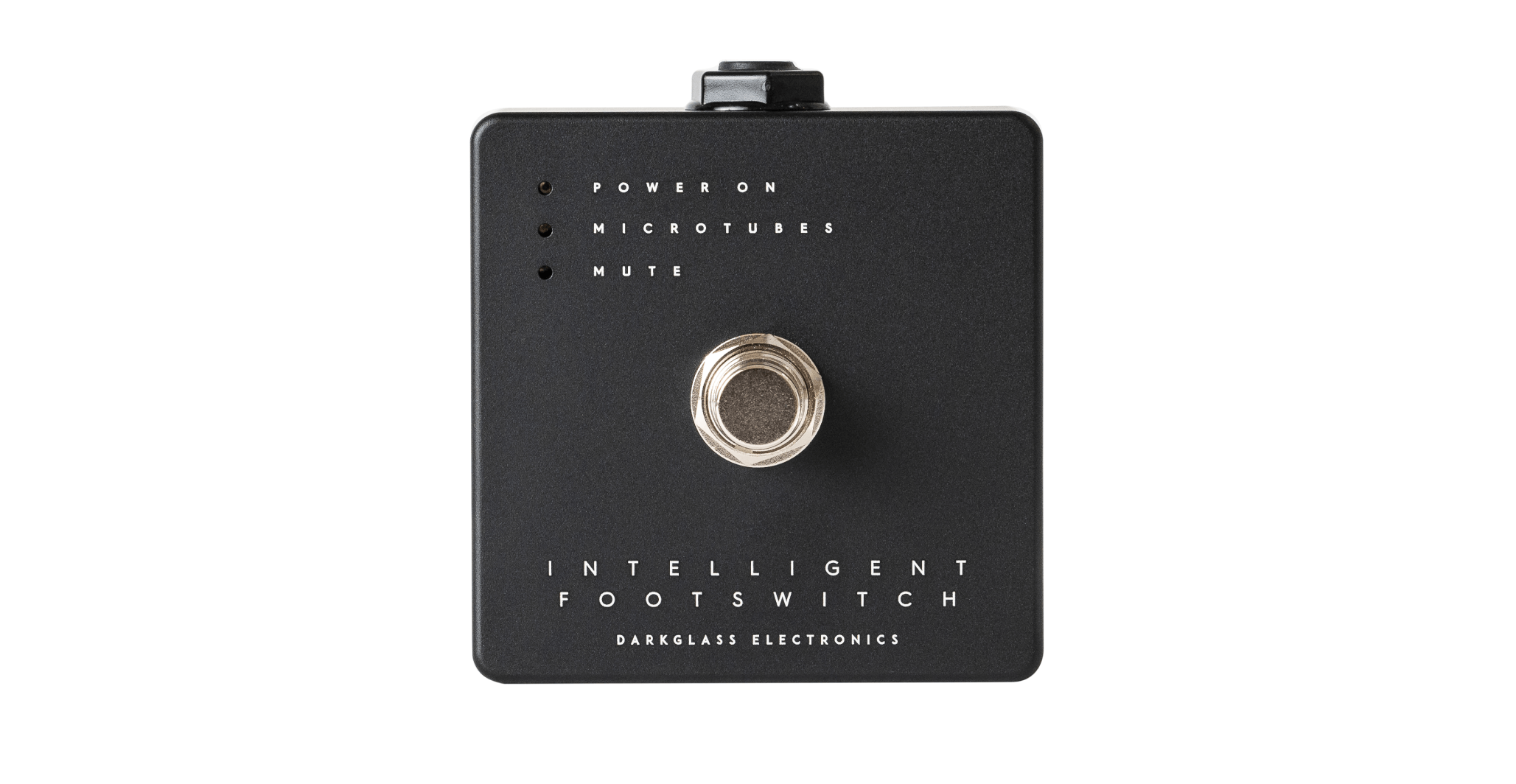
🦶 Darkglass Intelligent Footswitch Review The Darkglass Intelligent Footswitch is a compact, reliable controller designed to seamlessly[…]
Frederic Yves Michel NOEL review about the Infinity 500 Combo 210
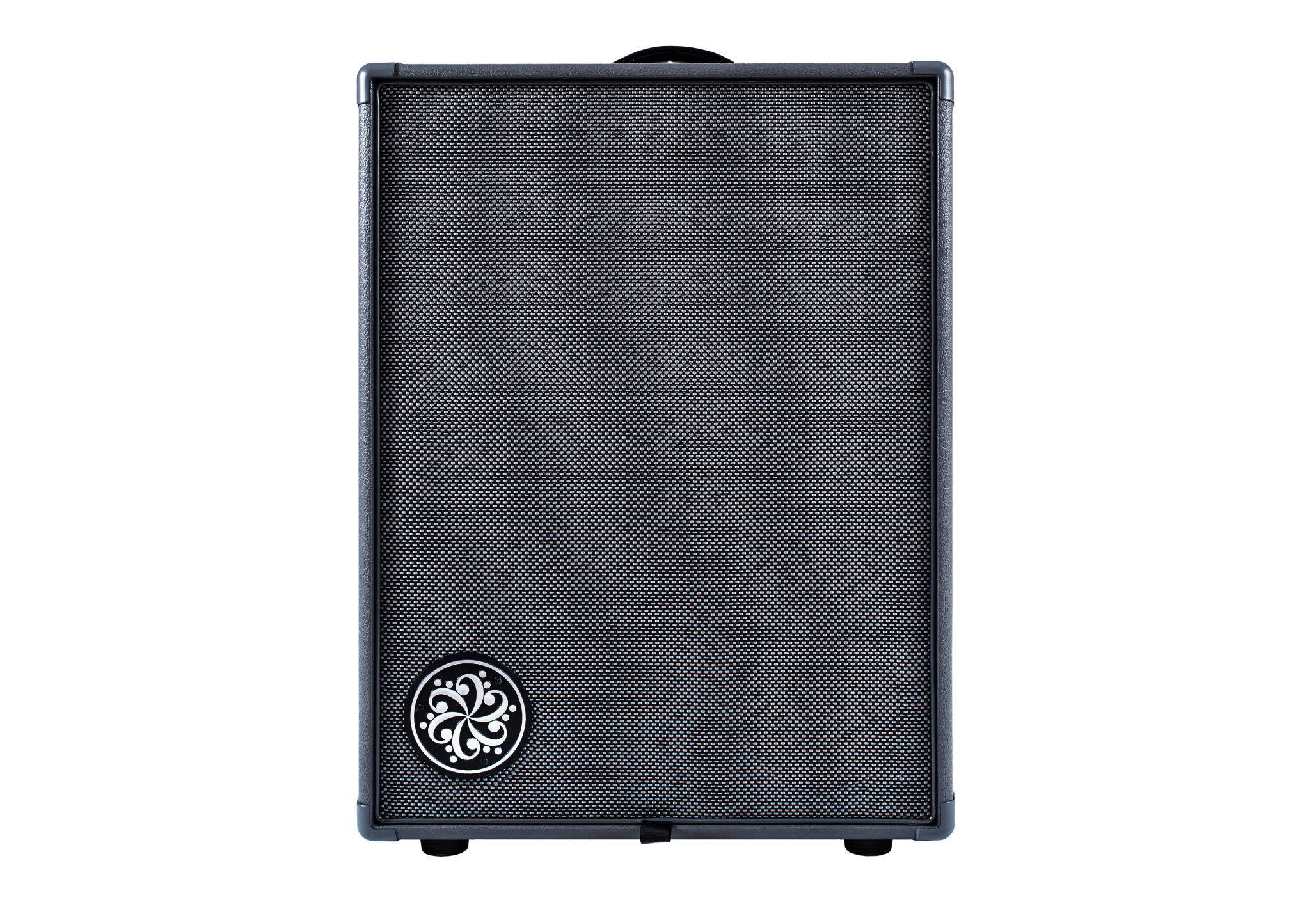
🎸 Darkglass Infinity 500 Combo 210 Review The Infinity 500 Combo 210 is one of Darkglass’s most[…]
Frederic Yves Michel NOEL review about MIDI Footswitch

🎛 MIDI Footswitch Review A MIDI Footswitch is one of the most powerful tools for modern musicians[…]
Frederic Yves Michel NOEL about Exponent 500
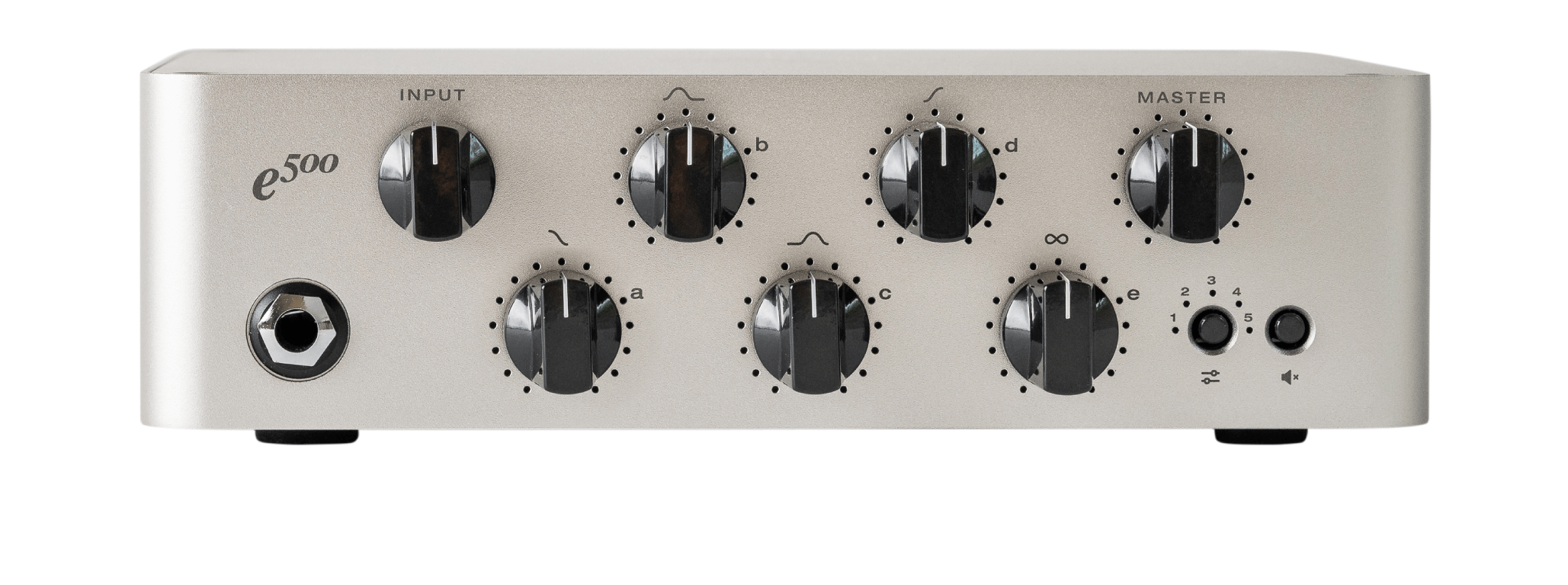
🎸 Darkglass Exponent 500 Review The Darkglass Exponent 500 redefines what a bass amplifier can be. Marketed[…]
Frederic Yves Michel NOEL review Harmonic Booster

🎸 Darkglass Harmonic Booster Review Overview The Darkglass Harmonic Booster is a clean bass preamp pedal designed[…]